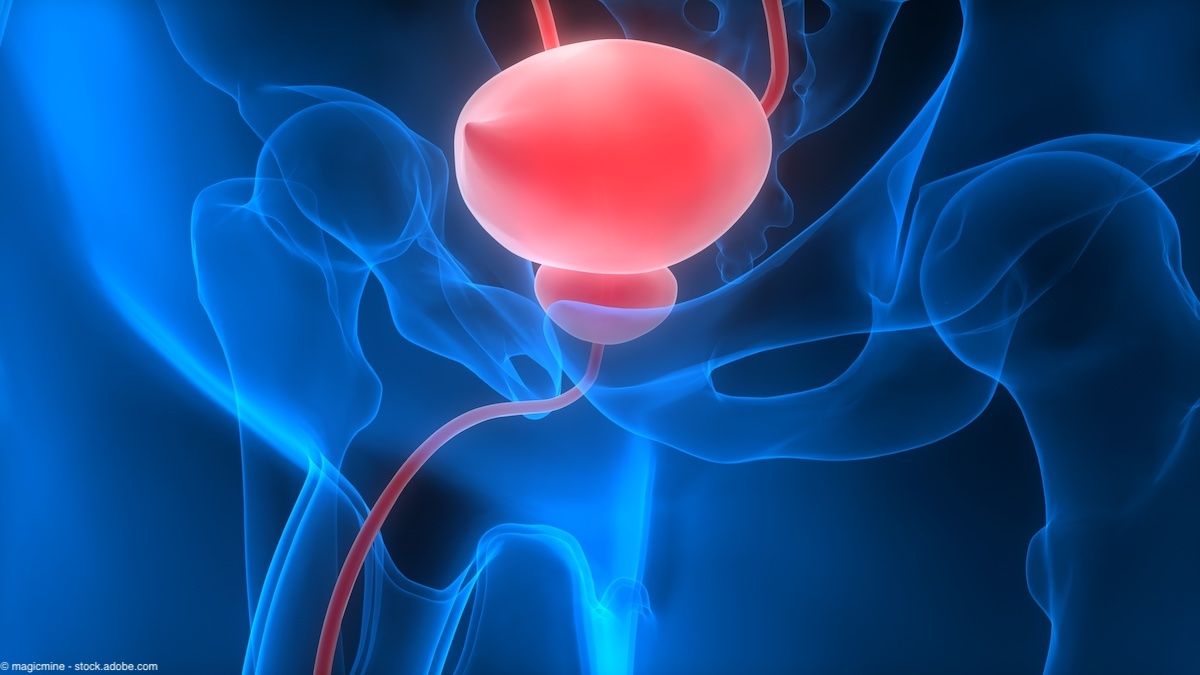Feature
Article
Amanda J. Saraf, DO, shares ongoing research on oncofertility options for pediatric patients
Author(s):
"But here at IU, we have an experimental protocol that's open that's called testicular tissue cryopreservation, and it's a collaboration with UPMC," says Amanda J. Saraf, DO.
In this interview, Amanda J. Saraf, DO, highlights Indiana University’s (IU) Fertility Preservation Program and discusses some unmet needs and ongoing work in the field of oncofertility. Saraf is an associate professor of clinical pediatrics at IU School of Medicine as well as the director of the Fertility Preservation Program at IU Health.
This transcription has been edited for clarity.
Amanda J. Saraf, DO

Could you provide an overview of IU’s Fertility Preservation Program?
I was recruited here to get the program more formally established in 2018. Our goal is to meet with all patients and families and talk to them about their child's treatment plan and how that may impact their fertility risk for the future. So, we talk about what chemotherapy, radiation, and surgical procedures the child might get as a part of their cancer-directed treatment and give them an individualized risk assessment. They may be at high risk for future infertility, for example, and in those cases, we'll also talk to families about fertility preservation options if they're interested in that.
What are some current unmet needs for these patients?
I think one of the biggest barriers for our patients and families is financial. In many states, fertility preservation is not mandated to be covered by medical insurance, so a lot of these procedures that we're offering families are paid for out of pocket. That can be a huge barrier, particularly at the very beginning of a cancer journey, when families are worried about medical bills and their ability to keep working. It's a lot to ask families to also have to pay for this out of pocket.
What are some current advancements happening in the space?
One part of our program here that I'm really excited about and proud of is our program that focuses on pre-pubertal males. We see both young men and young women to talk about fertility preservation. Of course, in teenage and adolescent boys, it's a little bit more straightforward. We offer sperm banking prior to starting therapy. For pre-pubertal boys, it's a little bit more challenging. There are not standard of care options available in young boys that haven't reached puberty yet. But here at IU, we have an experimental protocol that's open that's called testicular tissue cryopreservation, and it's a collaboration with UPMC. For boys that are specifically at high-risk for infertility, we offer this procedure, which basically involves taking a biopsy of the testicle and cryopreserving or freezing that for use later in life. The hope is that the research and technology will be mature enough at the time that they're ready to use that tissue for a biological child. It's in its earlier stages of research, so there haven't been any human babies born with this technology, but it's been shown in various animal models. It's exciting to have something to offer families when we tell them that their child is most likely to be infertile after their cancer treatments.
Is there any other ongoing work with fertility preservation?
A lot of the testicular work is done in Pittsburgh at UPMC, and they're really pioneering this work, especially in pre-pubertal boys. On the female side, we have a similar offering that we're working on opening here at IU; it's ovarian tissue cryopreservation. The research is much further advanced. There have been live born babies using this [method, where they] essentially take an ovary out, cryopreserve or freeze it, and then when the young woman is ready for childbearing, she comes back and has strips of that ovary implanted. [There have been] over 100 live born babies with that [method]. So, it's something that we're really learning more about in the pubertal or younger girls, how exactly that will work and the likelihood of success in that area. So, a lot of research going into that space as well.
How do you approach conversations with families on this topic?
Certainly [for] some families, it is not on their radar. They may have a 5- or 6-year-old, so they're not really thinking about their fertility or their future children. So, sometimes even the topic is a little bit shocking. But we've certainly had a number of families that it's one of the first things they're worried about. We've had even parents of younger children say, "My son has talked about wanting to be a dad in the future, and that's really important to him. He has siblings, and he talks about want[ing] to have 4 kids," and that sort of thing. So, we also have had families that are very concerned about it, and in those circumstances, that's one of the things they bring up. We sit down and talk about it, and they're many times thankful to have an option. I wish we could tell them that this wasn't experimental and give them statistics about the likelihood that this will allow their child to have children in the future, but it does provide some hope.
Is there anything else that you would like to add?
I should add that we have a fabulous collaboration with Dr. Bernie. She has really helped us establish our Pre-Pubertal Fertility Preservation Program, and we partner with her and several of the pediatric urologists to help bring this option to our patients.








Pediatric urinary microbiome composition is associated with recurrent UTI

Pediatric urinary microbiome composition is associated with recurrent UTI
2 Commerce Drive
Cranbury, NJ 08512
All rights reserved.





